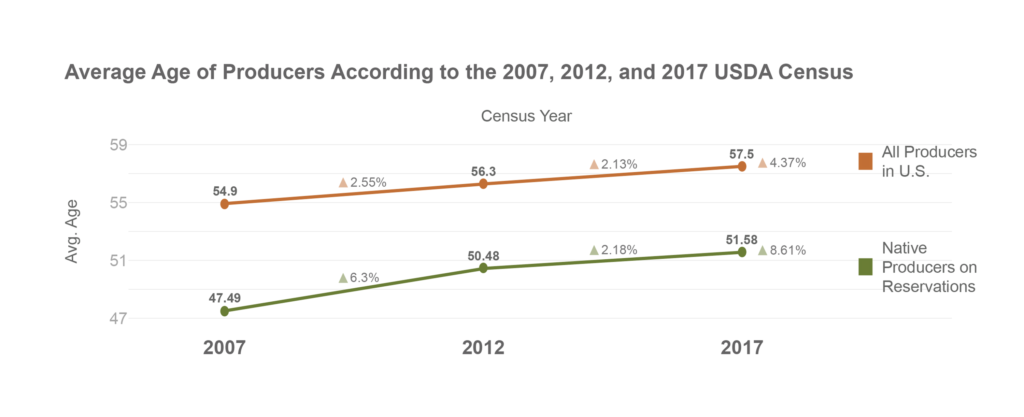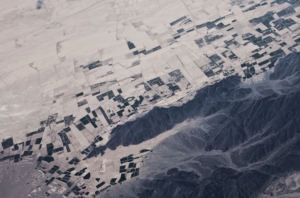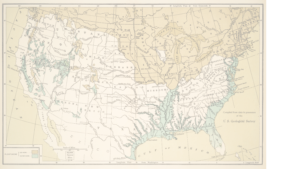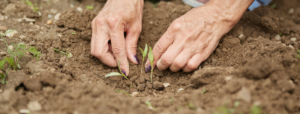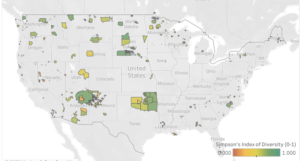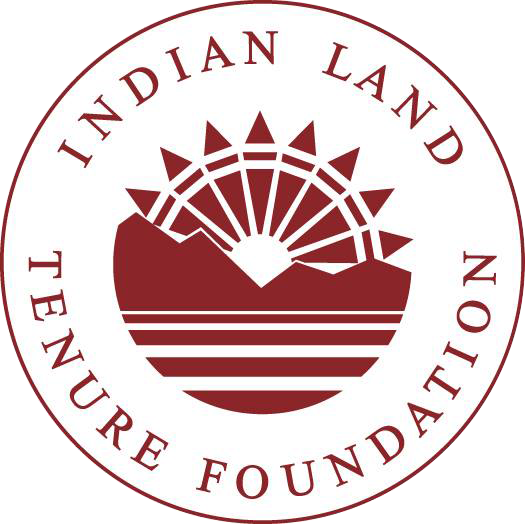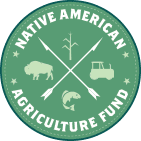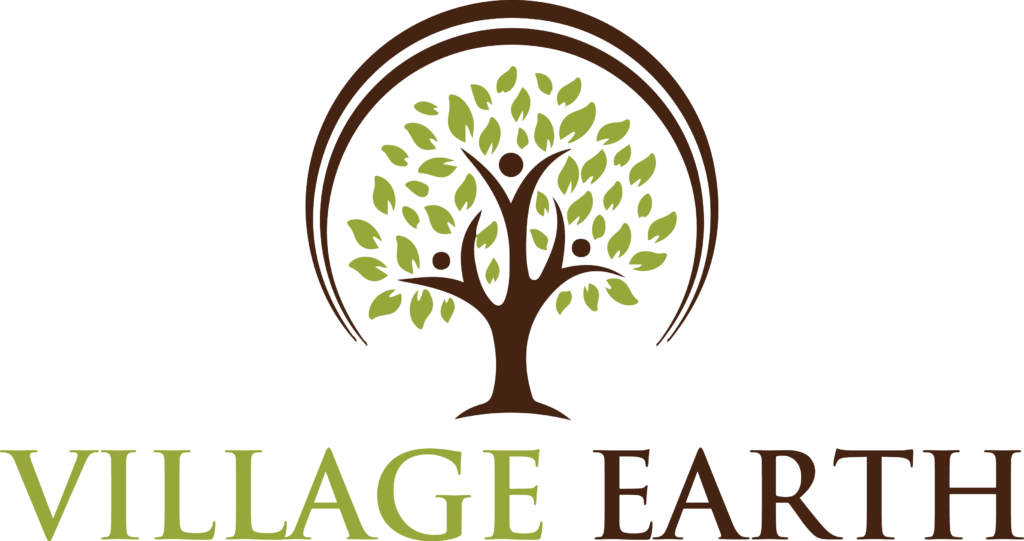How well-represented are Native youth in the overall population of Native agriculture producers? What difficulties do Native youth face when entering agriculture, and what resources exist to support and empower them?
The Native Lands Advocacy Project (NLAP) is happy to announce our new storymap exploring these questions: Building Up Native Youth in Agriculture!
In this storymap, we explore the existing age demographic data about producers on Native lands from the USDA Census for American Indian Reservations (while also acknowledging the many limitations of the Census). We also compare this demographic data to that of non-Natives on Native lands & to national data from the USDA Census of Agriculture.
We highlight some interesting trends, such as the average age trends displayed in this graph. In this graph we can observe that, while agriculture producers are an aging population in the United States, Native producers have consistently had a lower average age than the national population!
This storymap also explains some of the obstacles Native youth face when seeking to enter agriculture, including land access, access to capital, educational opportunities, and more. Finally, this storymap highlights opportunities, programs, and initiatives that are helping Native youth overcome these obstacles.
Native youth are the future land caretakers and food providers of their communities, and it’s our hope that the data & opportunities highlighted in this storymap would be both encouraging and informative to tribal communities and allies. Click the button below to view the storymap!

